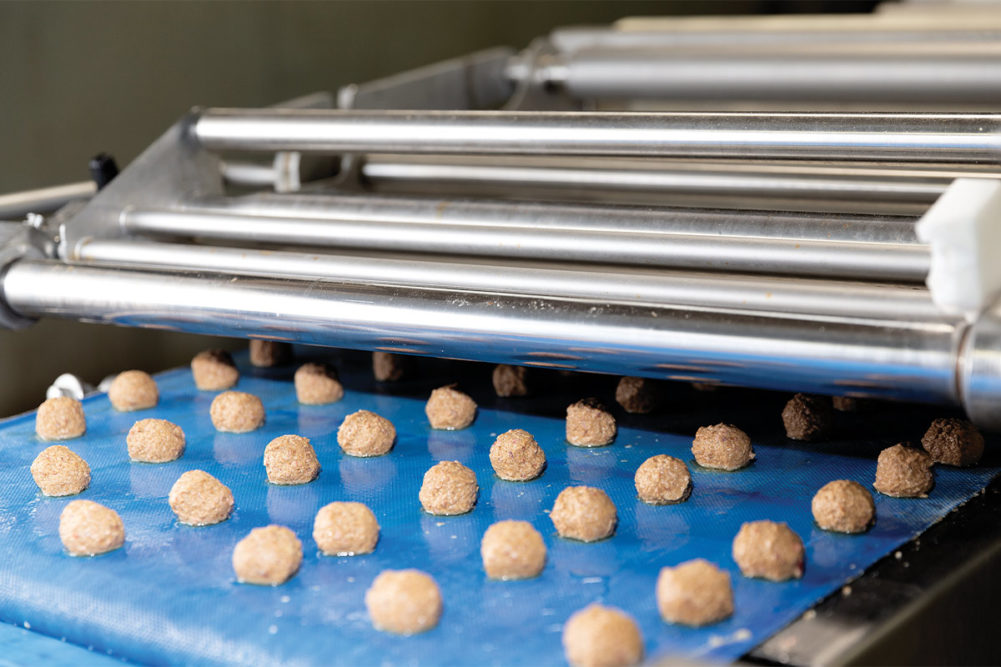This article was published in the December 2019 issue of Pet Food Processing. Read it and other articles from this issue in our December digital edition.
Food products, for both pets and humans, not heated during processing to the point at which potentially deadly pathogens are eradicated require an especially keen focus on the production environment and procedures to manufacture those products efficiently and, most importantly, safely. From wall construction to tray washing to cold pasteurization, here are three — sometimes overlooked — factors to delivering safe raw and minimally processed pet foods and treats to consumers.
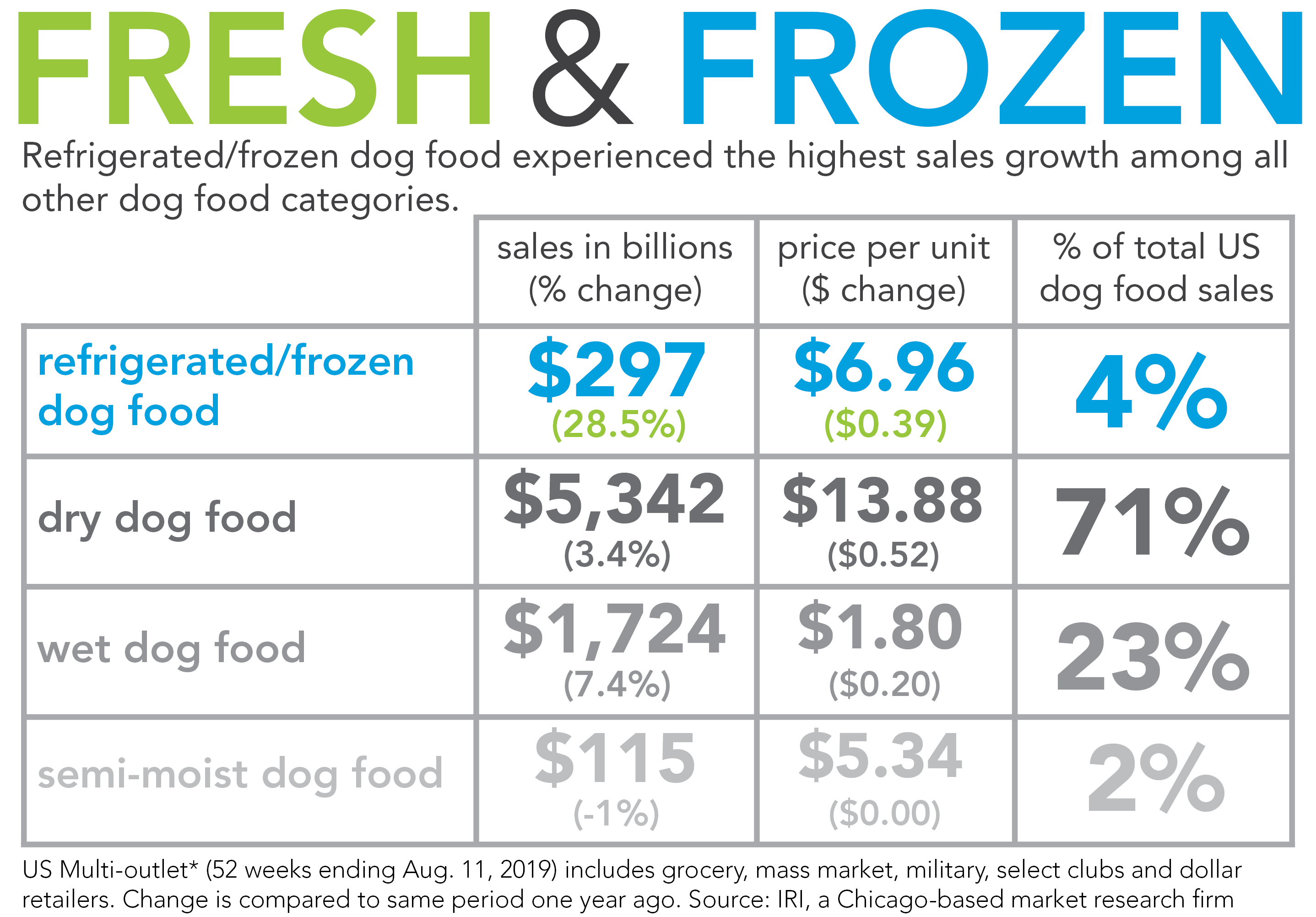
#1: Cold room
According to Ben Rucker, director of process technology at CRB, Kansas City, Missouri, a temperature-controlled area within a processing facility requires a proper plan and understanding of the processes within the space. The area must be determined and mapped prior to developing a design, taking into consideration many factors. These factors include how much temperature control recovery time is required; how often is equipment washed down and at what temperature; what is the temperature and humidity control during processing and during cleaning; and how does the effluent stream change due to room temperature.
These spaces require specific construction that can be separate from how the rest of a facility is built. “For refrigerated room environments, walls need to be insulated and designed to meet the thermal envelope requirements to maintain temperature and cleanability,” explains Tyler Cundiff, vice president of business development, food and beverage at Gray, Lexington, Kentucky. “This is typically achieved with the use of insulated metal panels (IMP) or insulated concrete precast panels with appropriate coatings to withstand chemical cleaning agents.”
HVAC system requirements are unique as well. “Air exchange balance and temperature recovery are extremely important in the area, especially during washdown, cleaning and in any open areas,” Rucker says.
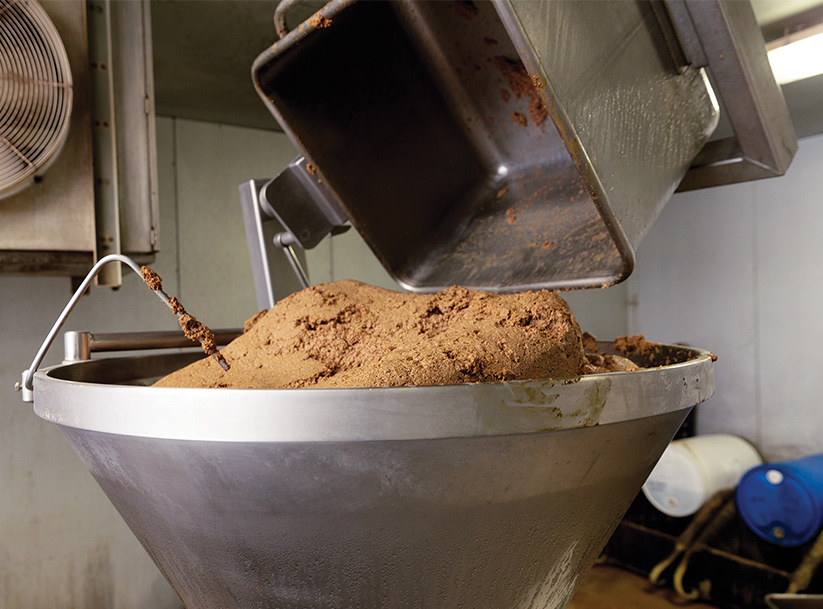
Managing access to a temperature-controlled area without driving up costs to keep the room cool can be challenging in busy processing plants that often operate 24/7. “Designing an interstitial space with proper doors and an HVAC recovery plan in the space can be big cost savers for high forklift traffic routes into the temperature-controlled area,” Rucker says.
At ingress and egress points of the refrigerated spaces, Gray uses high-speed and sanitary roll up overhead doors to provide access into the space for fork trucks. Sometimes fiberglass (FRP) personnel doors are used to safely segregate workers from fork truck access. “It is important to intentionally design the personnel doors with card readers or some other form of access to control cross-contamination and frequent accessibility,” Cundiff says. “Also, designing the refrigeration system to maintain hygienic pressurization of the space is critical to minimize cooling loss and the potential of contamination.”
Space can often be in short supply within temperature-controlled rooms, and raw and minimally processed products typically require refrigeration or freezing systems in addition to the processing equipment. Mark Kudelka, technical sales manager for Advanced Food Equipment (AFE), Ridgway, Pennsylvania, says he’s seen a significant increase in premium pet foods that are chilled, frozen or freeze-dried. “We see an increase in freeze-dried, high-quality treats and these require freezing prior to the freeze-drying process,” he says. The company provides process freezers and coolers to meet these needs. Its spiral freezers allow for thousands of feet of belting to fit in a compact space. “Many systems we provide are installed in days and can be relocated as the processor’s needs change,” he says.
From top to bottom, everything in a refrigerated space should be addressed to ensure safe, efficient production. Rucker says to consider sealed light fixtures, potential condensation on pipes, walls and access areas, and especially flooring finishes. “Drying the floor in a temperature-controlled wash-down area typically takes a long time so the floors rarely have a dry walking surface,” Rucker says. “Processors need to provide a surface with proper grip for safety that is also cleanable.”
#2: Clean machines
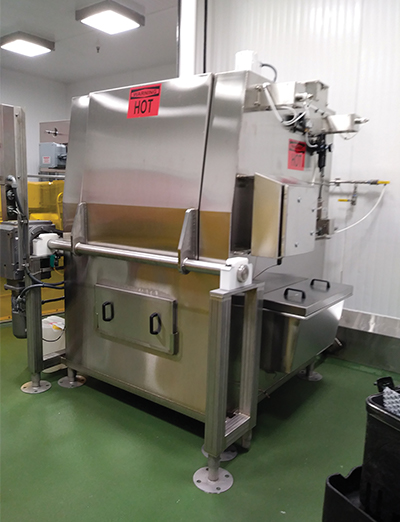
When planning a new processing line, most of the attention — rightfully so — is given to the processing equipment. When designating space in the plant for that new equipment, don’t forget to make room for the washing machines as well.
Many processing systems for food production offer CIP features, but that just addresses the equipment. What about the many other items in a plant that come in contact with food products? Adequately cleaning everything that comes in contact with raw ingredients and the finished product is crucial in a pet food or treat application that does not include a kill step. Many raw and minimally processed pet foods and treats are in this category. For those processing facilities, washing equipment or systems to clean and sanitize bins, trays, racks, totes, buckets or anything used in the process that comes in contact with the finished product or any of the raw ingredients is a key step to delivering safe, pathogen-free products.
Douglas Machines Corp., Clearwater, Florida, offers washing equipment solutions for cleaning containers. “As most product begins as a raw food, cleaning these containers after every use is of paramount importance,” explains Kevin Quinn, sales manager, Douglas Machines Corp. The company supplies washers to clean large bins, both plastic and stainless steel, as well as smaller 400- and 600-lb. stainless steel vats. The company also offers washers to clean conveyors, racks and weigh scale parts.
As product moves from the raw stage to be processed and is transferred along this route, efficiently washing everything that comes in contact with product can be challenging and costly, both in time and resources. “Manually washing large or small containers requires the use of much larger amounts of water, detergent and labor as opposed to using an automated washer,” Quinn says.
“When a new plant layout is designed, sanitation equipment must be considered along with the space for production lines,” says Kevin Quinn, Douglas Machines Corp.
Unlike a home kitchen where the dish washer is located as close as possible to the dirty dishes, a washing system should not be placed in a temperature-controlled room where the processing equipment is located. “Our customers with established facilities often suffer from having the budget for a washer but not the space,” Quinn says. “When a new plant layout is designed, sanitation equipment must be considered along with the space for production lines.” If the new processing line needs to be in a temperature-controlled room, find a different spot for the washing systems. He goes on to explain, “in considering a washer, the room cannot be refrigerated otherwise the machine will fail to reach proper operating temperature and the secondary issue will be condensation in the room leading to an unsanitary condition.”
#3: Clear of pathogens
A particularly important challenge when manufacturing raw and minimally processed foods is pathogen control. One option to address this that is becoming more common in pet food and treat applications is high-pressure processing (HPP), a cold pasteurization technique for killing harmful bacteria. For products that contain water in their final form or raw ingredients that contain water, HPP can be an effective tool to either cold pasteurize ingredients prior to processing or finished products in their final packaging.
Where in the process HPP can be useful depends on a few factors, one being what is the product’s final form. “You need free water for it to work,” says Kevin Kennedy, North American sales manager, JBTAvure, Middleton, Ohio, a manufacturer of high-pressure processing machines. The best approach for pathogen control is to HPP products in their final packaging. This might not be an option for some processors, but HPP can still offer a path to delivering safe, pathogen-free products. In some pet food and treat applications, raw ingredients are sent through HPP systems prior to processing. In these circumstances, the raw wet ingredients are pasteurized through an HPP system in temporary packaging, either large pouches or chubs, according to Kennedy.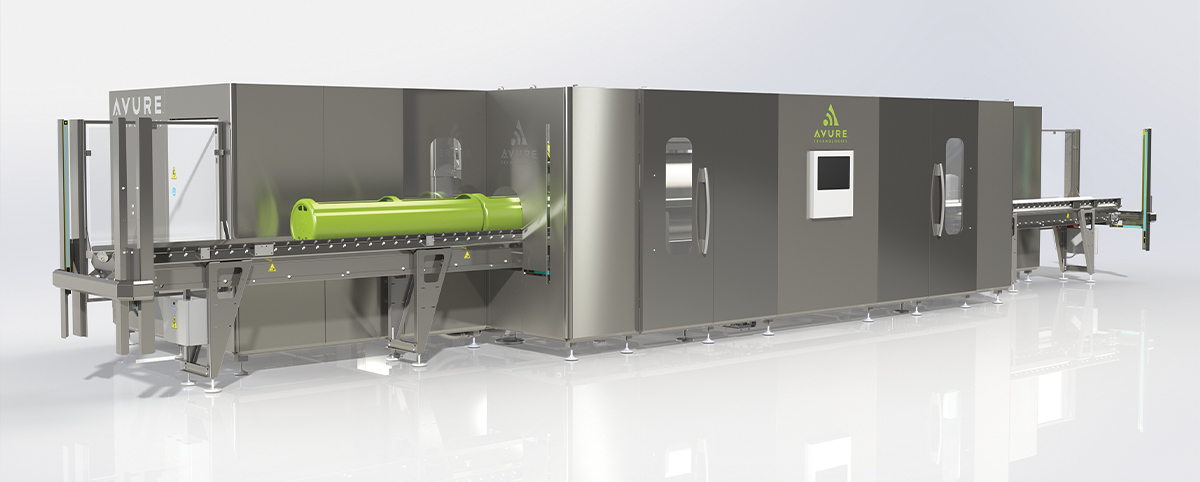
Adequately pasteurizing products using HPP requires set parameters specific to each product. Processors must work with their vendors to conduct testing and set the parameters required for each ingredient or formula to effectively eliminate pathogens. Even though raw and minimally processed pet foods and treats are usually premium products that carry a premium price, the cost for high-pressure pasteurizing, as well as the volume being produced, can be prohibitive to warrant having in-house HPP capabilities. Kennedy says an annual volume of 3 to 4 million lbs. per year typically is needed to justify the expense of an in-house system. For those processors that do not bring HPP in-house, HPP tolling services are available and charge either by the pound or by the unit.
For processors using HPP technology to pasteurize wet ingredients, those ingredients are typically introduced into a formulation in a temperature-controlled room where strict food safety guidelines are followed as to not reintroduce pathogens to the ingredients.
Maintaining a temperature-controlled “clean” room where post-HPP ingredients remain pathogen-free must include, among many other requirements, a plan for the human factor. Personnel transfer areas and proper gowning and foot-wear procedures are important. “Possibly consider a captive shoe or boot program,” Rucker says, which involves the employer providing dedicated shoes that do not go outside of the sanitation area.
How a facility is built and what equipment is selected for that facility is very important, but people are key to producing products both safely and efficiently. Implementing robust personnel procedures ensures raw and minimally processed pet foods and treats are kept cold, clean and pathogen-free.
Read more best practices in pet food processing operations on our Operations page.

